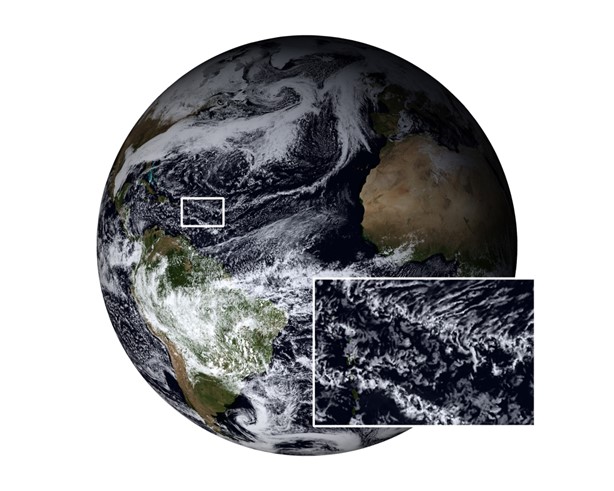Modelling for Geophysics and Climate (M3)

Modelling for Geophysics and Climate (M3) brings together modelling of turbulence, atmospheric boundary layers, ice sheet dynamics, and climate and their related applications. M3 is an MCP that is topic-centred, yet focused broadly on numerical modelling. The M3 MCP is designed as a thematically guided programme, with a clear focus on geophysics and climate; and also includes researchers from the FLOW community with expertise in turbulence and modelling. Although we target different flow regimes, different scales and different modelling approaches, we face similar challenges in terms of numerical methods, workflow optimisation, analysis and handling of big data, and transfer to new architectures, and hence strongly benefit from joining forces.
M3 consists of the three subprojects: Local Modelling, Global Modelling, and Numerics for Modelling:
The ongoing development of storm-resolving coupled global models, at kilometre-scale, an unprecedented and computationally challenging endeavour, provides opportunity to challenge and develop ideas and understanding of the climate system. In the Global Modelling subproject we will exploit and continue work with the ICON model, that is currently being adapted to run at storm-resolving resolution. In particular we will study the simulation of extreme precipitation, and its changes with changing climatic conditions.
On the smallest scale, which we focus on in the Local Modelling, we strive to unify the two initiatives for studying the atmospheric boundary layer that are currently present in the SeRC community, and propose to develop the KTH based code Neko to incorporate tracer transport, radiation and cloud microphysics, which are included in the MISU based code MIMICA. This will be a long-term strategic way forward for the SeRC research on small scales on turbulence-clouds-aerosols-chemistry interactions, and will also guide the parameterizations that are necessary to describe these processes and interactions in global climate models, thus strongly linking the Local Modelling to the Global Modelling in the MCP.
Our third modelling aspect relates to activities within the field of numerics and data modelling, relevant for geophysical flows and climate predictions. Here, in particular the on-going activities at SU on ice-sheet modelling (using advanced FEM discretisations), and the multiphase-flow activities at KTH Engineering Mechanics will be incorporated into M3, and lead to a synergistic interaction between the institutions towards developing novel and efficient methods.
Figure: Simulated cloud field using ICON global model at 2.5 km grid spacing. Insert shows details of low-level clouds near Barbados. Courtesy Thorsten Mauritsen.
Members
People involved can be found here.
Projects
Local Modelling
Global Modelling
Numerics for Modelling




